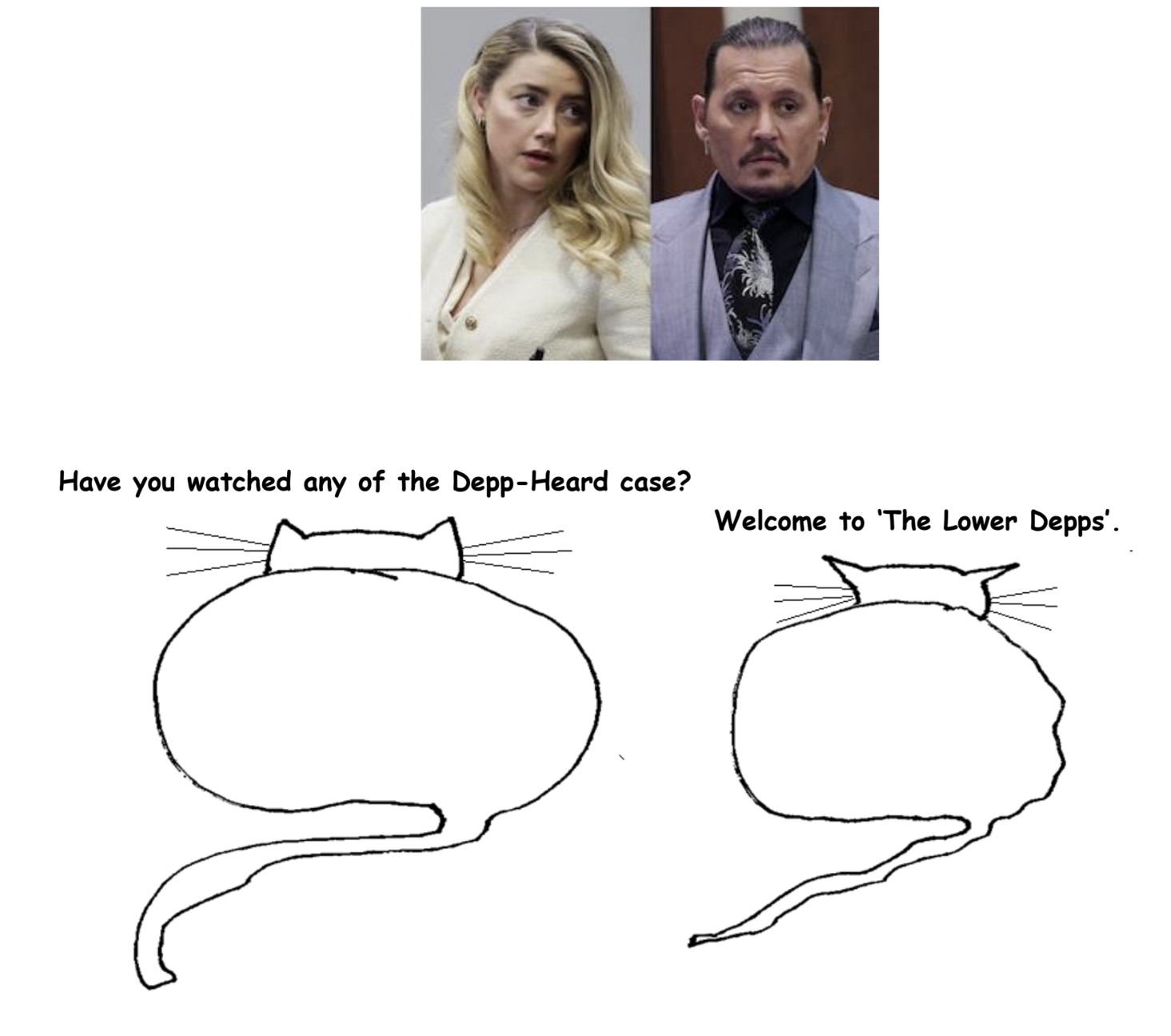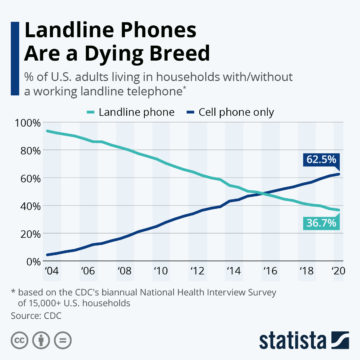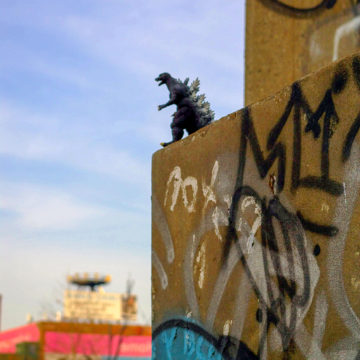by Joseph Shieber

One of the aspects of contemporary intellectual life that I find baffling is the extent to which online culture revels in ad hominem attacks. By this I don’t only mean the way in which someone who offers up an argument is “called out” for some personal transgression of theirs that is utterly unrelated to the argument they’re presenting. I also mean the way in which the mere names of long-serving opinion writers can serve as a short-hand for a type of writing or position reviled by a certain internet subcommunity. (In a recent post at Three-Toed Sloth, Cosma Shalizi suggests that these aspects are endemic to literary life more generally; I should drop the qualifier “online”.)
So, for example, you might read that “pundit types … seem to forget that [Matt] Yglesias rose to the top of the blogosphere based on being from Harvard and being early in the game and that’s it. Nearly two decades later and it’s just bullshit all the way down.” Or that “[Thomas] Friedman’s true peak of influence was in the late 90s through the 00s, when he combined random fake conversations with taxi drivers, Friedman Unit facile discussions of the Iraq War, and paeans to globalization as our savior that routinely made fun of the anti-globalization movement as hopeless Luddites who wanted to hold the world back.”
(I chose these examples from the Lawyers, Guns, and Money blog – a blog I greatly admire! – but I could no doubt just as easily have found similar snark on right-leaning blogs about, say, Robert Reich or Paul Krugman.)
In one sense, of course, such snark isn’t baffling at all. It’s fun to read! Also, Yglesias and Friedman are both enormously successful and enjoy outsized public platforms, something that’s likely to engender at least a smidgen of jealousy from academics and others who rarely achieve those rarified levels of public prominence.
What puzzles me is that, if the goal of a discussion is intellectual engagement with an idea or argument, then such ad hominem broadsides are at best a distraction – and at worst positively obstructive to appreciating whatever might be gained from considering that idea or argument. Read more »

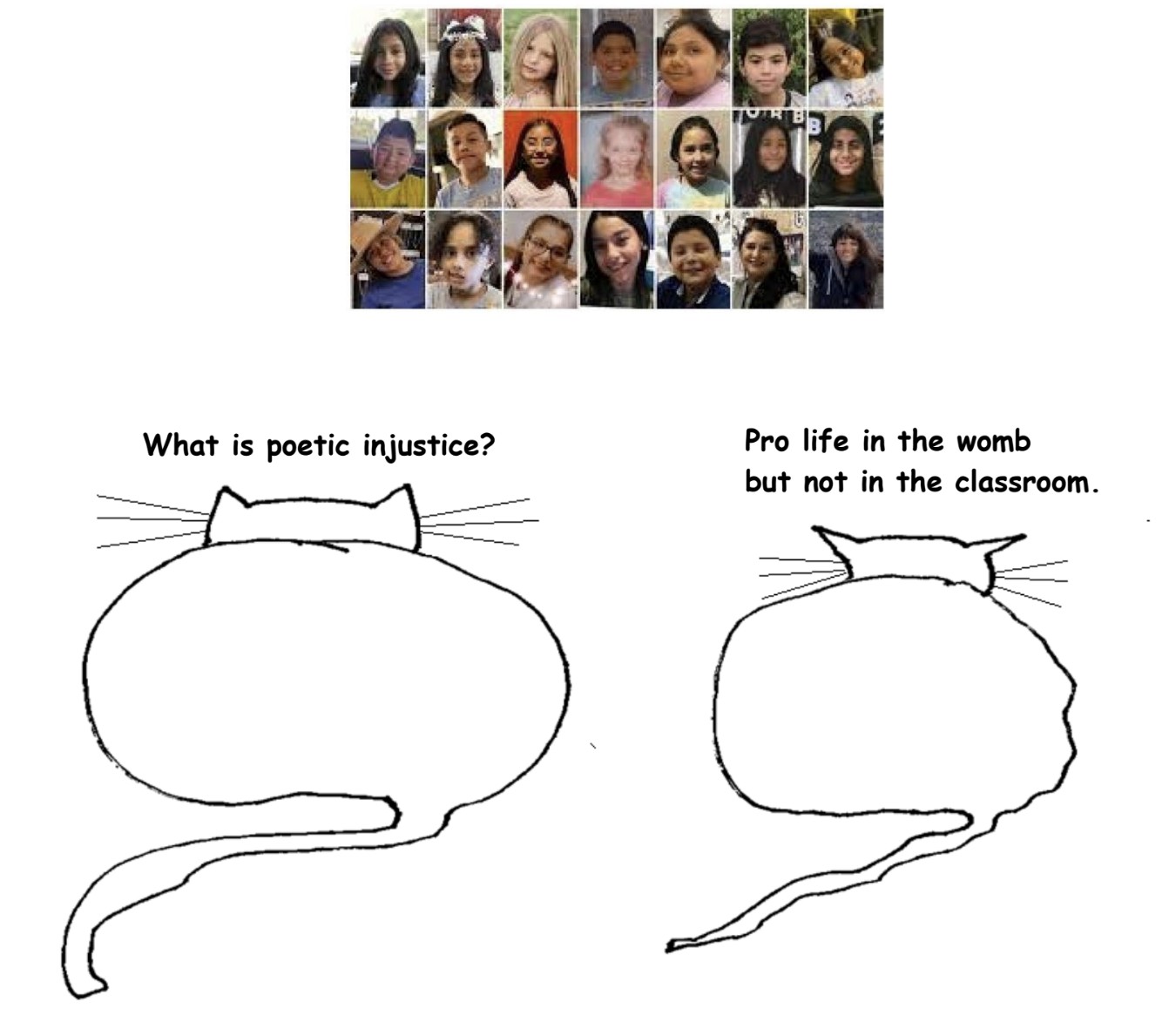
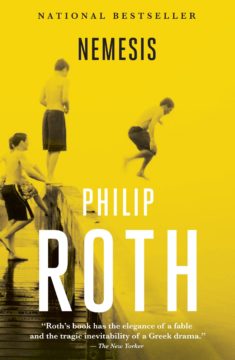 I recently read Philip Roth’s Nemesis, a novel that’s received renewed attention as it centers on a polio epidemic. This isn’t why I read it, although I’ll admit that reading about the slow build and then cascading avalanche of a virus, and the public’s nonchalance giving way to caution and then increased panic and hysteria, closely paralleled the events of early 2020. I suppose epidemics and our response to them always play out in a similar fashion. I picked the book off my shelf because I needed something to read—much like the setting of the novel, it’s summer vacation for me. My dad had given me the book some time before, and it had sat there, collecting dust on the shelf built into the low walls of my slope-ceilinged attic apartment. As a rule, I hate receiving books as gifts because I then feel an obligation to read them; instead, I prefer to choose and read a book in a more serendipitous fashion. It’s not something that can be forced. But if the giver of the book knows that their gift will go unread, possibly for years, but will then present itself to be read at the right moment, a book can be a great gift.
I recently read Philip Roth’s Nemesis, a novel that’s received renewed attention as it centers on a polio epidemic. This isn’t why I read it, although I’ll admit that reading about the slow build and then cascading avalanche of a virus, and the public’s nonchalance giving way to caution and then increased panic and hysteria, closely paralleled the events of early 2020. I suppose epidemics and our response to them always play out in a similar fashion. I picked the book off my shelf because I needed something to read—much like the setting of the novel, it’s summer vacation for me. My dad had given me the book some time before, and it had sat there, collecting dust on the shelf built into the low walls of my slope-ceilinged attic apartment. As a rule, I hate receiving books as gifts because I then feel an obligation to read them; instead, I prefer to choose and read a book in a more serendipitous fashion. It’s not something that can be forced. But if the giver of the book knows that their gift will go unread, possibly for years, but will then present itself to be read at the right moment, a book can be a great gift. By the time I got to high school, the humanities were seen as a kind of side dish in the educational meal. This was largely due to the exigencies of the space race and an inclination on the part of American society to acquiesce to the suppression of critical thought in the post-war years. The main course from a geopolitical perspective was science and engineering.
By the time I got to high school, the humanities were seen as a kind of side dish in the educational meal. This was largely due to the exigencies of the space race and an inclination on the part of American society to acquiesce to the suppression of critical thought in the post-war years. The main course from a geopolitical perspective was science and engineering.
 Guns guns guns
Guns guns guns  Since 1990 I have also visited Vietnam a few times. Vietnamese economic reform (called doi moi) started in the mid-1980’s. On my first visit I found Hanoi to be more like a small quiet town in India, with a lot of poverty (and some begging in the streets, but not many visibly malnourished children), while Saigon or Ho Chi Minh City was somewhat better-off, and more raucous and colorful. One lecture I gave in Vietnam was titled “ The Rocky Road to Reform” where I spelled out the challenges of economic transition from a state-dominated economy; after my lecture a Vietnamese academic came to me and said, “Our roads are all full of potholes, so we are used to the ‘rocky road’ of challenges”!
Since 1990 I have also visited Vietnam a few times. Vietnamese economic reform (called doi moi) started in the mid-1980’s. On my first visit I found Hanoi to be more like a small quiet town in India, with a lot of poverty (and some begging in the streets, but not many visibly malnourished children), while Saigon or Ho Chi Minh City was somewhat better-off, and more raucous and colorful. One lecture I gave in Vietnam was titled “ The Rocky Road to Reform” where I spelled out the challenges of economic transition from a state-dominated economy; after my lecture a Vietnamese academic came to me and said, “Our roads are all full of potholes, so we are used to the ‘rocky road’ of challenges”!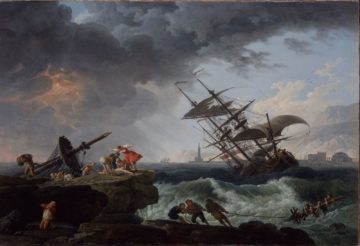
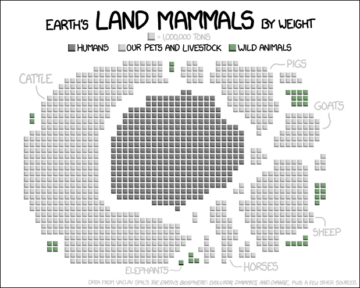
 Sughra Raza. Shadows on Beech Trunk, May 21, 2022.
Sughra Raza. Shadows on Beech Trunk, May 21, 2022. Not
Not 
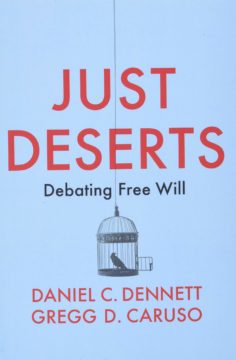 “The constant direct mode of address was a chore. No one will enjoy having this read to them.” Quoting from a referee report on the Nicomachean Ethics misses the point of James Warren’s hilarious
“The constant direct mode of address was a chore. No one will enjoy having this read to them.” Quoting from a referee report on the Nicomachean Ethics misses the point of James Warren’s hilarious 